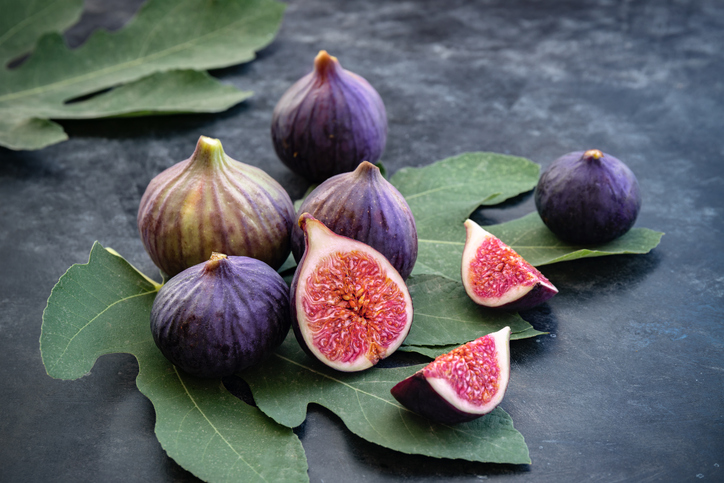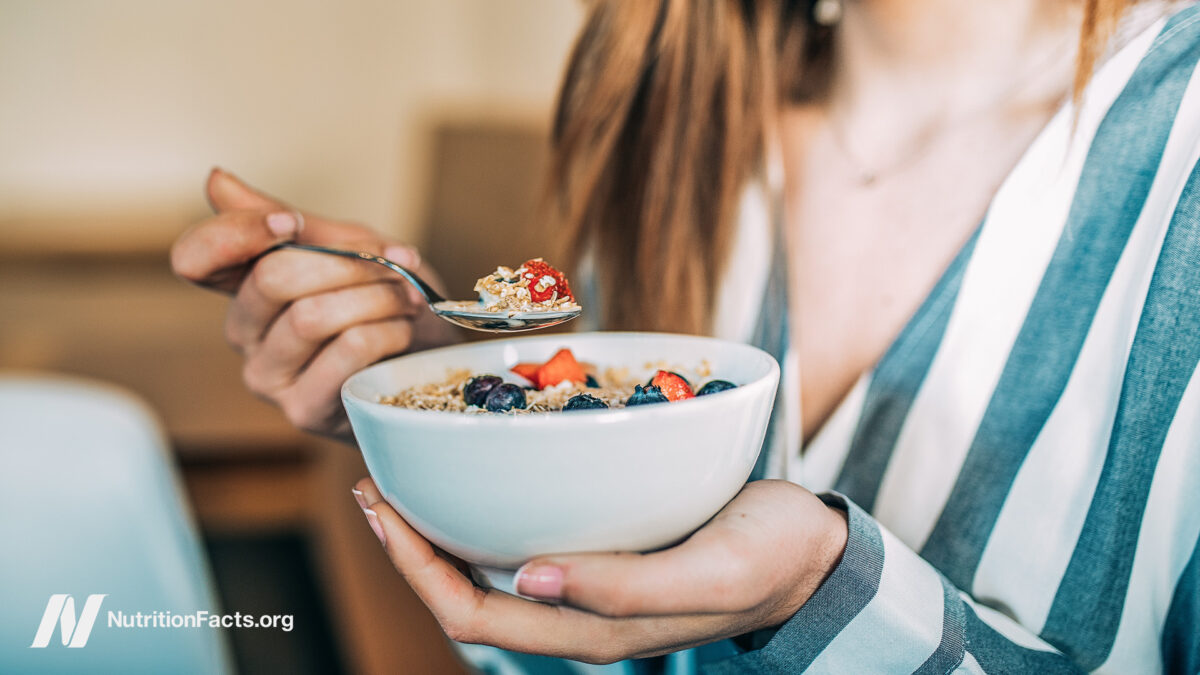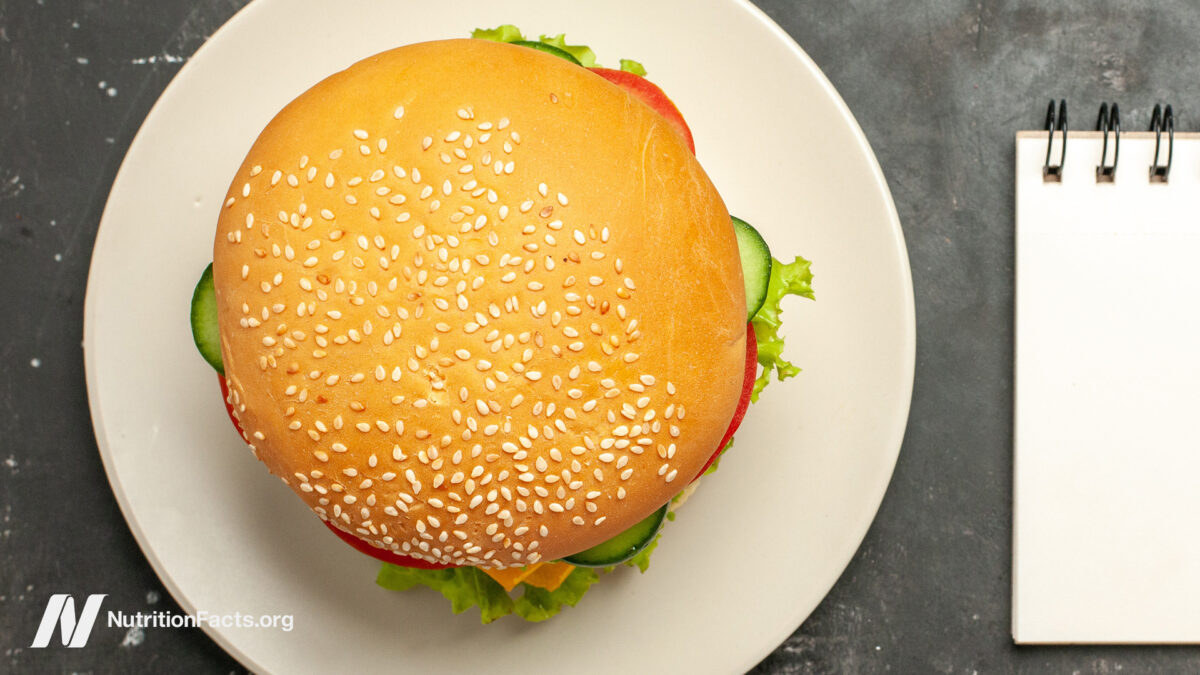There’s plenty of food out there that folks find disgusting or off-putting, especially if it’s something alien to your culture’s cuisine.
Haggis — sheep parts stuffed into a sheep’s stomach and boiled — for one, is a dish that not many outside of Scotland can, ahem, stomach. Nor does lutefisk — stinky, aged fish jellied with lye — garner many converts outside of Scandinavian countries. And that also goes for something like the regionally popular Southeast Asian delicacy of balut, a fertilized duck egg that’s been incubated for up to 21 days and then steamed.
All those foods are pretty obviously questionable to newbies, with strange smells and alarming visuals for those not familiar with the fare. More alarming though, is the hidden and unsettling origins, unrealized potential dangers, and oddball quirkiness of the food that we take for granted in our everyday culinary reality.
So we gathered up a list of interesting (and some disturbing) facts about the food you likely encounter all the time to help make you more aware of what you’re putting into your mouth on the regular.
1. Lemon Slices May Be Covered in Poo Particles

Cut-up lemons are a staple of almost every restaurant. Bowls of them are often scattered around, sitting and waiting to be dunked in a glass of Diet Coke, or squirted into a hot cup of tea. No big deal, right? It’s just a lemon slice, not a slab of raw chicken or something?
Well, a study published in the Journal of Environmental Health found that out of 76 lemons sampled from 21 restaurants, almost 70 percent of them were covered in 25 different kinds of bacteria and yeast — including fecal matter and E. coli. — noting that: “The microbes found on the lemon samples in our investigation all have the potential to cause infectious diseases at various body sites.”
Though alarming, and enough to give you second thoughts on squeezing a restaurant-supplied lemon wedge in your next iced tea, the study also noted that there have been no reported outbreaks of illness related to the use of lemons in drinks at any eatery. They attributed the high microbe count partly to kitchen workers not following proper sanitary measures — though the lemons could’ve been contaminated by anyone who handled them before they even reached restaurants.
It doesn’t help that citrus fruits have many pores, which give bacteria and other bugs lots of places to find safe harbor.
2. Raw Oysters Are Alive
For shellfish lovers, there’s little better than settling into a chilled plate of raw oysters with a bottle of cold beer. The briny treats slide down your gullet with a satisfying slurp whether you just spritz them with lemon (see No. 1), douse them with cocktail sauce or go au naturel.
But many folks may not realize that eating “raw” oysters doesn’t just mean they aren’t cooked. It also indicates that the slimy little suckers are also still alive. And though it may turn some people’s stomachs to think that they are downing a living being while gorging at their local oyster shack, the only kind of oyster you should be eating is one that’s alive.
Dead oysters can quickly become infested with bad bacteria, so that’s why shops sell and serve them as fresh as possible, shipping them in a cold, moist environment that can keep them alive and viable for a week or two.
So if you want to make sure your oysters are still good when buying them at your market, follow these steps:
- If you see one that’s shell is open slightly, tap on it. If it closes, it’s still alive in its pearly prison.
- If you spy some that are open and don’t react to your tap, reject it as it has most likely perished.
3. Most Gummy Candies Are Made From Pig Skin

Lots of people’s guilty pleasures include popping a few pieces of candy every now and then, with soft, sweet, and squishy (and sometimes tart!) gummies a popular choice. And although you may think that stuff like candy is free from animal products, the disturbing truth is that gummies (and Jell-O) are made mostly from gelatin, which is what gives it that cushy feel and chewy texture. Gelatin is sourced from cast-off animal parts like the boiled skin, bones, ligaments, and tendons of cows and pigs.
If that fact is sure to turn you away from gobbling handfuls of Swedish Fish or chewing on loads of gummy worms, look for products that are made from agar agar, which is a gelatin-like substance source from seaweed. Bissinger’s and Sprouts are among the many places that now offer vegan gummies that won’t make you queasy each time you dig into a bag at the movie theater.
4. You Can Buy Coffee Sourced From Civet Poop
Brewing up a fresh pot of coffee in the morning and sipping on a cup of hot joe is a daily ritual for people in much of the world. And among coffee drinkers, there’s often a fierce loyalty to their bean of choice, whether from Dunkin’ or single-origin sourced from Ethiopia.
But for those who love experimenting with their type of brew, they can buy coffee beans that have traveled through an Asian palm civet’s digestive tract and gathered from its poop. Called kopi luwak, it’s a form of processing coffee beans that is said to produce an exemplary drink.
The beans’ voyage through the civet’s intestines starts a fermentation process that reduces bitterness and contributes kopi luwak’s unique aroma and taste. And, according to local legend, the civets only eat the choicest coffee cherries.
Be aware though, since the coffee can command up to $100 a kilogram, many civets are kept in cages and force-fed the coffee cherries to ramp up production.
5. Your Favorite Candy Is Covered in Insect Juice

The satisfying crack and crunch of biting into a hard candy, along with the burst of sugar, is what keeps people coming back for more of their favorite treats, but they should know that the shiny shell encompassing the candy is most likely made from insect secretions. Called confectioner’s glaze, it’s made from shellac, which itself is sourced from insect secretions.
The insect in particular is called a lac insect, and it secretes a waxy resin (which is considered a natural polymer) to protect its eggs after feasting on plant tissue. The resin is also used on a variety of products, from coating apples and jelly beans to varnishing wood and coating pills. The Food and Drug Administration (FDA) considers the glaze a “non-nutritive” supplement and is “generally recognized as safe.”
6. Vanilla Flavoring Can Come From Beaver Butts
Putting a few drops of pure vanilla extract in confections or pastries is a great way to add a bit of floral and woody flavor. But real vanilla — extracted from vanilla beans — is expensive, second only to saffron in price, so food companies like to use a similarly tasting source that’s derived from a beaver secretion.
Called “castoreum,” it’s made from blended beaver castor glands, which are located near their anuses at the base of their tail and are used in marking territory. After being processed, the macerated gland gives off a pleasant vanilla-like smell, making it useful in flavoring ice cream, pudding, candy, and baked goods, along with being historically used in perfumery. A 2007 study in the International Journal of Toxicology found that it “does not pose a health risk.”
7. Salami Is Uncooked Meat

Most of us wouldn’t want to eat a raw piece of pork or gnaw on some uncooked chicken, but we are willing slice up some salami and serve it to friends on an artfully laid-out charcuterie board. However, those long logs of processed pork could be considered raw meat since some types aren’t cooked, but rather just dry-cured by hanging in the air.
That dry aging does however, inhibit the growth of harmful bacteria: The sausage meat is mixed with salt and treated with lactic acid bacteria (which actually inhibits pathogenic bacterial growth) and encouraged to ferment in a warm, humid room for a few days. Then its dried and stored in a cooler area with temperatures low enough to prevent more growth.
8. Ice Machines Can Harbor More Bacteria Than a Toilet
Americans love adding ice to their beverages, but most are not aware of the hidden dangers that may lurk in restaurant ice bins. You wouldn’t think a cold, closed environment made to store ice would hold any type of bacteria, but the water used to make the ice may be filled with harmful microorganisms. And workers dipping into the ice maker with bare hands may not be practicing proper sanitary procedures.
According to a 2017 study, in the last three decades, outbreaks of gastroenteritis pinned to the consumption of contaminated ice have been reported across the world by a number of researchers and the Centers for Disease Control and Prevention. The study found that of the 105 ice machines that were sampled, about 22 percent of them contained traces of E. coli — and even more contained other harmful bacteria.
9. Fig Bars Contain Dead Wasps (Sort of)

It’s not well known, but some immature figs need to be pollinated by small female wasps called fig wasps. And in that process they crawl around inside the fruit pollinating the flowers until they die. However, figs also produce ficin, a chemical that’s really good at breaking down animal protein (e.g. wasp bodies).
But if ficin doesn’t give you enough peace of mind, most of the figs you buy at the store don’t require wasps for pollination: Some of them can ripen without pollination, and others are “tricked” into ripening by being sprayed with plant hormones.
10. Canned Mushrooms Are Allowed to Contain Maggots
Nobody wants to find any amount of maggots anywhere near any of their food. The little white wrigglers cause most people to recoil in disgust when they spot them, but if you’re a fan of canned mushrooms, you should know that the FDA allows them to contain “over 20 or more maggots of any size per 100 grams” — emphasis mine. And that’s just before they would consider them defective and not suitable for consumption.







